How Savvy Leaders can Surf the Turnover Tsunami
Consistent and meaningful one-on-one check-ins are one key to keeping your—and your organization’s—head above water.
The great resignation that swept many organizations up in a turnover tsunami doesn’t show any signs of slowing down. According to Fidelity’s Financial Resolutions Study, 39 percent of workers plan to look for a new job in 2022, and that number rises to 47 percent for early-career Gen Z workers aged 18-24.
While competitive compensation is crucial to stemming turnover, it may be a short-lived solution without addressing one of the most significant factors driving people out of their jobs: bad bosses. Bad bosses were the second most cited reason workers quit their jobs in a 2021 survey by market research firm PlanBeyond. (What was the leading reason? More on that later.)
What can you do as a leader to avoid falling into the sea of bad bosses driving good employees away? There’s a host of essential practices that’ll help you become more effective as a leader, but there’s one simple action that encompasses many of those practices and increases your likelihood of success. It’s also the best method of reducing turnover and retaining your best people amid the talent-related challenges of this era. I call it the meta-strategy for leadership: the one-on-one check-in meeting. In my personal experience, and that of my leadership coaching clients, these check-ins have been a real tide-turner.
Here are six tips for creating a framework for meaningful check-in meetings that will elevate your leadership and enhance engagement among your team.
- Schedule a regular check-in for every team member.
Generally, you’ll want to connect with each of your team members or connect every team member with their direct supervisor for these check-ins. Making these assignments is more complicated in CPA firms and other professional services firms where team members report to different supervisors based on their current client engagements. In these cases, assign a primary supervisor for each person. The bottom line is to ensure every employee in the organization has a regular one-on-one conversation with someone in leadership above them.
After establishing these check-ins, schedule ongoing one-on-one meetings at regular intervals. These meetings don’t need to be very long. Once you develop a routine, a 20- to 30-minute check-in should suffice, depending on frequency. It may be beneficial to meet more frequently with employees who are new to the team or their roles, or if you’re new to the team. The same is true if your team is in the midst of significant change or a complex project.
- Keep a running list of agenda items.
Train your team to keep an ongoing list to track their questions, concerns, and ideas for each check-in. Keep a similar list of the items you want to bring to their attention. This is one way these check-ins can save you time in the long run, as they keep your team members from coming to you with one-off issues that can wait as they know they’ll have an opportunity to discuss them.
- Start with your team member’s agenda.
Let your team members present the items on their agendas first. That enables you to gauge whether they recognize what should be their top priorities and other issues of concern. Getting them engaged will help you avoid the trap of talking too much and instead bring a coaching approach to the conversation. It also provides an opportunity to observe and respond to anything that may be weighing them down, including factors outside of their work (and for you to note possible turnover risks). Over time, I found that my team members covered most of the items I had compiled on my own running list.
- Add your points.
Once your team member completes their list, present any items from your list that haven’t been covered. Beyond the tactical discussion of to-do list items, use this time to check on the team member’s experience and well-being. Incorporate discussion about their professional growth, development, and career aspirations. If you find that your regular check-ins are consumed by tactical discussion, schedule a separate one-on-one for developmental conversations. A perceived lack of professional growth is another common reason why employees leave their jobs.
- Close with clear follow-up actions.
Each check-in should end with clear follow-up steps, both for your team member and for you as a leader. These steps should include a plan for reporting on follow-up actions after they’re completed, whether in the next check-in meeting or at some point in between. Model the thorough follow-up you want from them by completing your own action steps.
- Don’t forget to express your appreciation.
There’s an appreciation deficit in the workplace. Remember the PlanBeyond survey referenced earlier about employees’ reasons for quitting jobs? The leading reason for employees leaving was a lack of appreciation. A team member who feels undervalued is your greatest turnover risk.
You may have good intentions for showing appreciation to your team members—don’t let those good intentions fall by the wayside as your day-to-day work drowns you in a myriad of other details. Don’t let your drive for results keep you from pausing to celebrate your team’s achievements. If you’re at risk of neglecting appreciation, put a reminder in your one-on-one meeting notes to help build a habit of recognition into those conversations.
If you’re not already holding one-on-one check-ins with your team members, start building them into your routine and the routine of your team now. If you’ve already established this practice, use these tips to enhance the effectiveness of these meetings. As you try to surf the turnover tsunami, I truly believe greater appreciation and communication is going to be key to keeping your best people on board this year.
This article was first published in my Leadership Matters column for the Illinois Society of CPAs Insight magazine.








